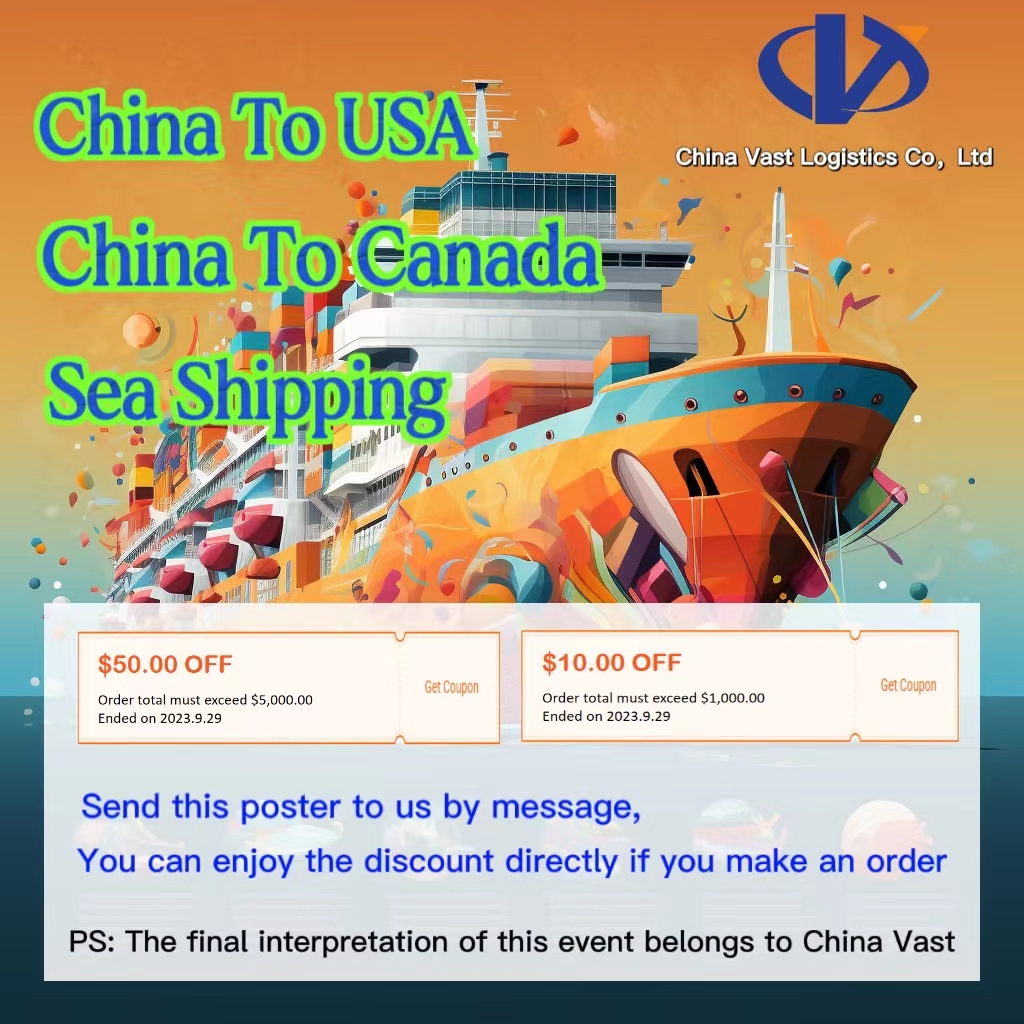Tank containers are specialized containers designed for transporting liquids, gases, and powdered goods. Here, we provide a comprehensive overview of their types, uses, and specifications:
Types of Tank Containers:
- Liquid Tank Containers: The most common type, used to transport a variety of liquid cargo such as edible oils, alcoholic beverages, chemicals, and petroleum products. The tank body is typically made of stainless steel, carbon steel, or aluminum alloy to accommodate different cargo characteristics.
- Gas Tank Containers: Designed to transport compressed or liquefied gases such as oxygen, nitrogen, carbon dioxide, and LPG. The tank structure must have excellent pressure resistance and is usually made of high-strength steel, equipped with valves, pressure gauges, and other safety devices.
- Powder Tank Containers: Used for transporting powdered cargo such as cement, flour, and fertilizers. The tank interior is typically fitted with fluidizing devices to facilitate smooth unloading of the powdered materials.
Applications of Tank Containers:
- Chemical Industry: Transporting various chemical raw materials, intermediates, and finished products such as acids, alkalis, alcohols, and esters. Tank containers provide a secure and sealed transportation environment to prevent leaks and contamination.
- Food Industry: Suitable for transporting edible oils, beverages, and alcoholic drinks. The tank structure is made of food-grade materials to ensure cargo quality and safety.
- Energy Industry: Used to transport petroleum products and liquefied natural gas (LNG). Gas tank containers play a crucial role in efficiently and safely moving LNG cargo.
- Construction Industry: Powder tank containers are ideal for transporting cement, gypsum, and other building materials, streamlining the delivery process and enhancing construction efficiency.
Tank Container Sizes and Specifications:
- 20ft Tank Container: External dimensions: 6.058m (L) x 2.438m (W) x 2.591m (H). Internal dimensions: 5.898m (L) x 2.352m (W) x 2.393m (H), with a volume capacity of 24-26 cubic meters.
- 40ft Tank Container: External dimensions: 12.192m (L) x 2.438m (W) x 2.591m (H). Internal dimensions: 12.032m (L) x 2.352m (W) x 2.393m (H), with a volume capacity of 48-52 cubic meters.
Weight Capacities:
- 20ft Tank Container: Standard payload capacity ranges from 20 to 26 tons. For example, a 20ft asphalt tank container from China Railway Rolling Stock Corporation (CRRC) weighs 4.48 tons and can carry 26 tons. Another 20ft steel tank container designed for non-corrosive liquids has a total weight of 30,480kg, with a tare weight of 6,300kg and a payload of 24,180kg.
- 30ft Tank Container: Typically used for specialized cargo such as ethylene oxide. It has a maximum payload of 28.24 tons.
- 40ft Tank Container: Larger capacity compared to 20ft, with payload capacities ranging from 28 to 32 tons, depending on construction materials and design.
Advantages and Disadvantages of Tank Containers: Advantages:
- Efficient Transportation: Enables bulk cargo transportation, reducing packaging costs and streamlining loading/unloading operations.
- Safety and Reliability: Sealed design prevents cargo leakage and protects against external contamination. Equipped with safety valves and pressure monitoring systems for real-time monitoring.
- Versatility: Suitable for transporting diverse cargo types, including liquids, gases, and powders, serving various industries.
- Intermodal Transport: Designed for seamless transition between rail, road, sea, and air transport, optimizing logistics efficiency.
Disadvantages:
- High Purchase Cost: Tank containers require specialized materials and construction, increasing acquisition costs.
- Maintenance Costs: Regular inspection and maintenance are necessary to ensure safety and prevent contamination, adding to operational costs.
- Residual Cargo Issues: Certain viscous or crystallizing cargo may leave residues, complicating cleaning and affecting the next shipment.
- Load Balancing Requirements: Proper weight distribution is crucial to prevent instability during transportation, necessitating skilled personnel for loading operations.

